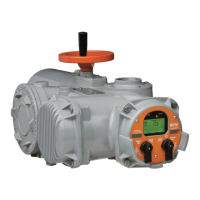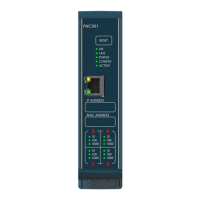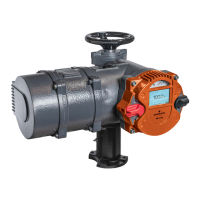24 100-412-182 REV. 06
Horn
The horn is selected or designed for a specific application. Each horn is tuned typically as
a half-wave section that applies the necessary force and vibration uniformly to the parts to
be assembled. It transfers ultrasonic vibrations from the converter to the workpiece. The
horn is mounted to the booster as part of the ultrasonic stack.
Depending on their profile, horns are referred to as stepped, conical, exponential, bar, or
catenoidal. The shape of the horn determines the amplitude at the face of the horn.
Depending on the application, horns can be made from titanium alloys, aluminum, or
steel. Titanium alloys are the best materials for horn fabrication due to their high level of
strength and low loss. Aluminum horns are usually chrome- or nickel-plated or hard-
coated to reduce wear. Steel horns are for low amplitude applications requiring hardness.
S-Beam Load Cell and Dynamic Follow Through
The Load Cell measures and records the force being applied to the part, this measurement
determines the force at which ultrasonic energy is applied. The load cell and cylinder
assembly ensures that pressure is applied to the part prior to the application of ultrasonic
energy. To maintain horn-to-part contact and force as the joint collapses, the load cell
assembly provides dynamic follow-through. As the plastic melts, the load cell assembly
ensures smooth transmission of ultrasonic energy into the part.
Encoder
The encoder measures the distance the horn has traveled. Depending on the power supply
settings, it can:
• Allow for distance welding in absolute and collapse modes
• Detect improper setup controls
• Monitor the distance data of the weld

